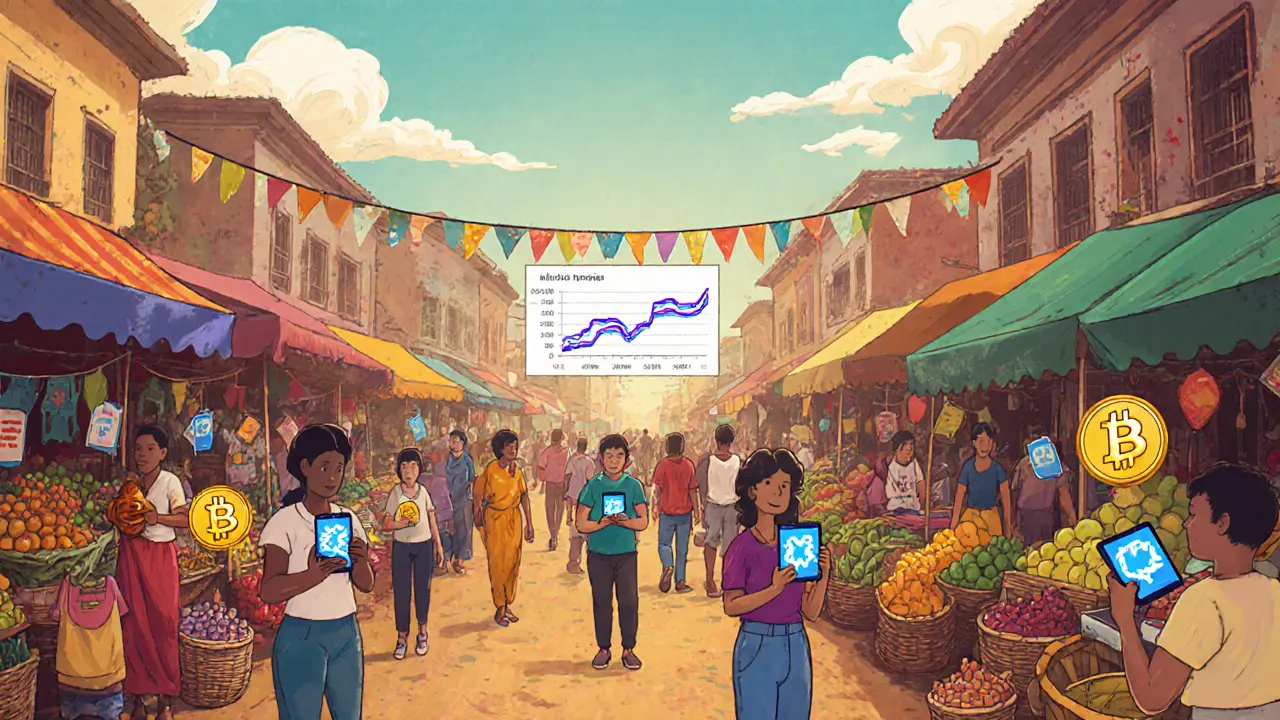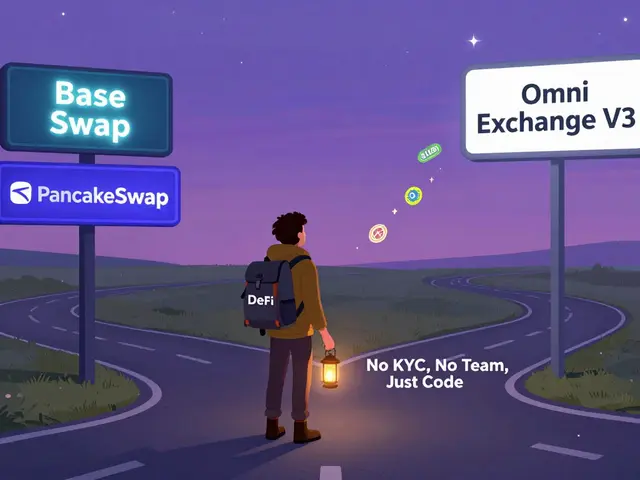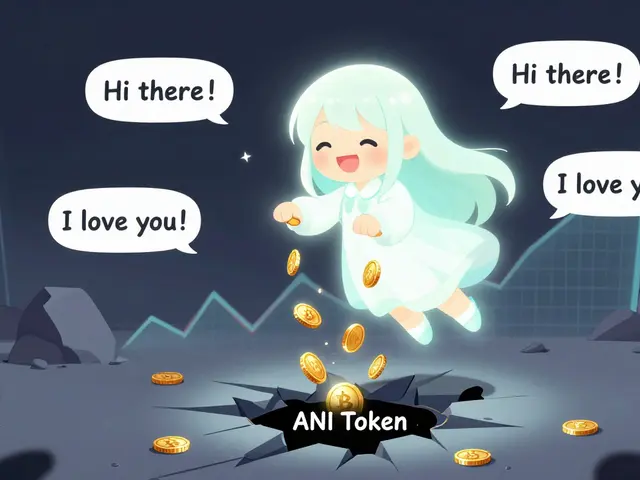Bitcoin and stablecoins: the core of crypto finance
When working with Bitcoin and stablecoins, the two pillars of modern digital money that together set market direction, liquidity, and investment strategy. Also known as digital gold and fiat‑backed tokens, they drive price discovery and attract both retail and institutional capital. Below we’ll walk through why they matter, how they interact, and what you should watch for in today’s fast‑changing landscape.
First up, Bitcoin, a decentralized, proof‑of‑work cryptocurrency often called digital gold remains the benchmark for risk‑on sentiment. Its network secures transactions through energy‑intensive mining, which creates a built‑in scarcity that many investors compare to gold. Bitcoin also faces unique tax treatment in countries like El Salvador and Singapore, where capital gains rules differ dramatically. Understanding mining economics, block rewards, and regional tax policies helps you gauge real‑world returns versus headline price moves.
Next, stablecoins, tokens pegged to a reserve asset—usually a fiat currency—designed to keep value steady play a different but equally crucial role. They power liquidity on decentralized exchanges, provide a bridge for cross‑border payments, and let traders park funds without exiting the crypto ecosystem. Yet not all stablecoins are created equal; audit transparency, collateral type, and regulatory compliance vary widely. Comparing XTUSD, USDT, USDC, and DAI illustrates how risk‑adjusted yields can differ even when the price stays near $1.
Both Bitcoin and stablecoins sit at the center of crypto regulation, the evolving legal framework that governs digital assets worldwide. Recent U.S. bills like the CLARITY and GENIUS Acts aim to define stablecoins as securities while keeping Bitcoin under commodities law. Meanwhile, jurisdictions such as Iran, Cyprus, and Egypt craft unique banking rules that impact how users can move, store, or exchange these assets. Keeping an eye on regulatory shifts helps you avoid compliance pitfalls and spot early‑stage opportunities.
Another practical angle comes from crypto airdrops, distribution events that give free tokens to qualifying users. While airdrops often target stablecoin holders or Bitcoin enthusiasts, they also serve as marketing tools for new projects. Knowing how to verify legitimacy—look for proof‑of‑reserve audits, smart‑contract transparency, and clear eligibility criteria—can turn a potential scam into a modest upside.
Key topics you’ll explore
Our collection below covers mining‑friendly countries for Bitcoin, deep dives into specific stablecoins like XTUSD, regulatory guides for regions from Saudi Arabia to the EU, and step‑by‑step airdrop checklists. Whether you’re curious about the tax‑free Bitcoin haven in El Salvador, the technical risks of Ozonechain, or how multisig wallets protect DAO treasuries, you’ll find actionable insights that match your experience level.
Ready to see the full range of articles? Scroll down to discover detailed analyses, how‑to guides, and the latest news that together paint a complete picture of Bitcoin, stablecoins, and the ecosystem that binds them.
How Bitcoin Adoption Is Helping Venezuela Survive the Economic Crisis
Explore how Bitcoin and stablecoins are helping Venezuelans cope with hyperinflation, the role of P2P platforms, real-life impacts, and future prospects.





